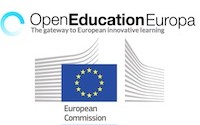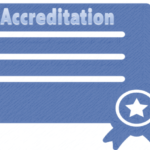
Process of Eliciting and Using Design Patterns
The rapid rise of massive open online courses (MOOCs) has renewed interest in the broader spectrum of open online teaching and learning. This “renaissance” has highlighted the challenges and potential associated to the design of such educational environments. The papers in this issue respond to a desire to understand the design processes and mechanisms by which […]
















